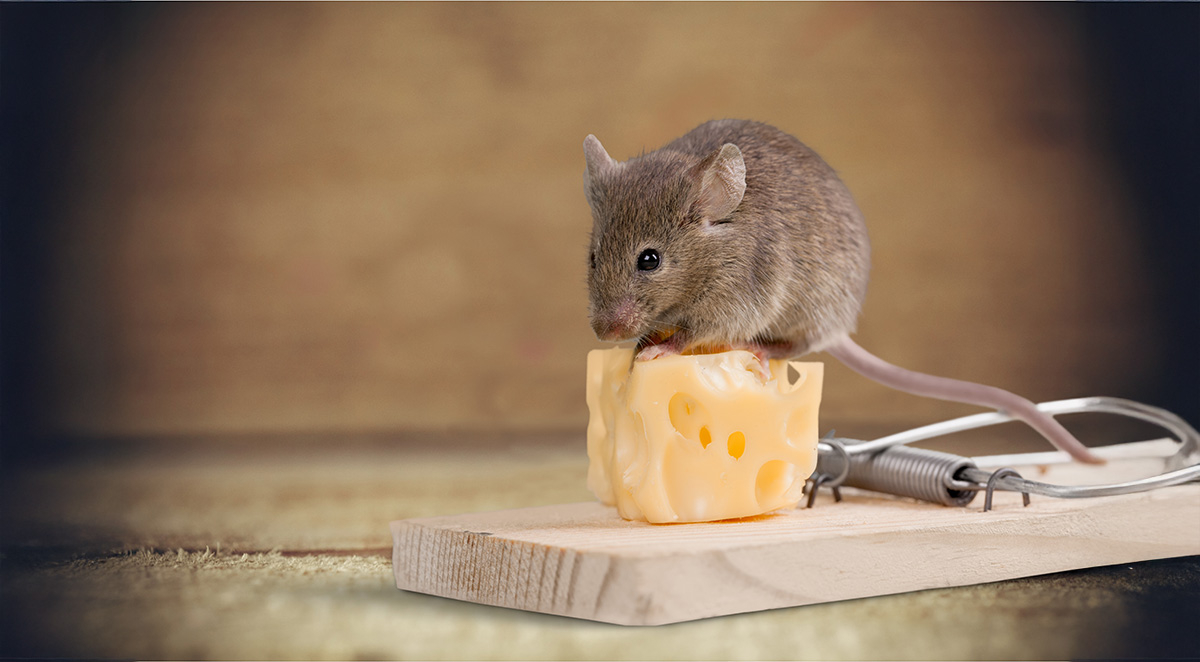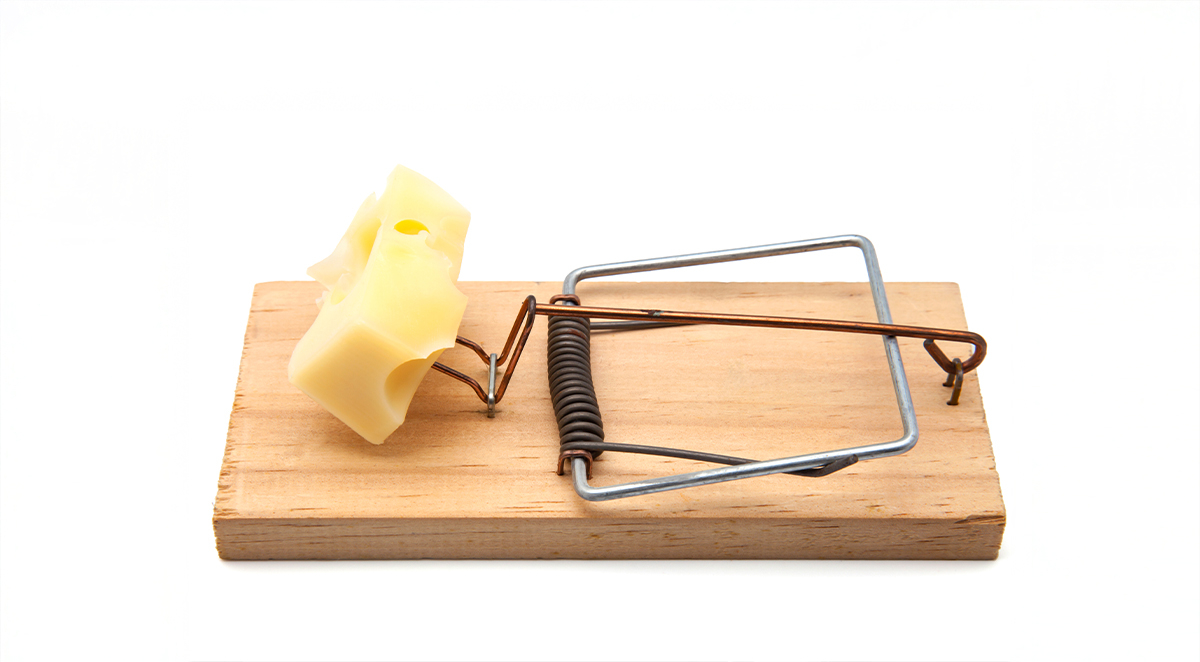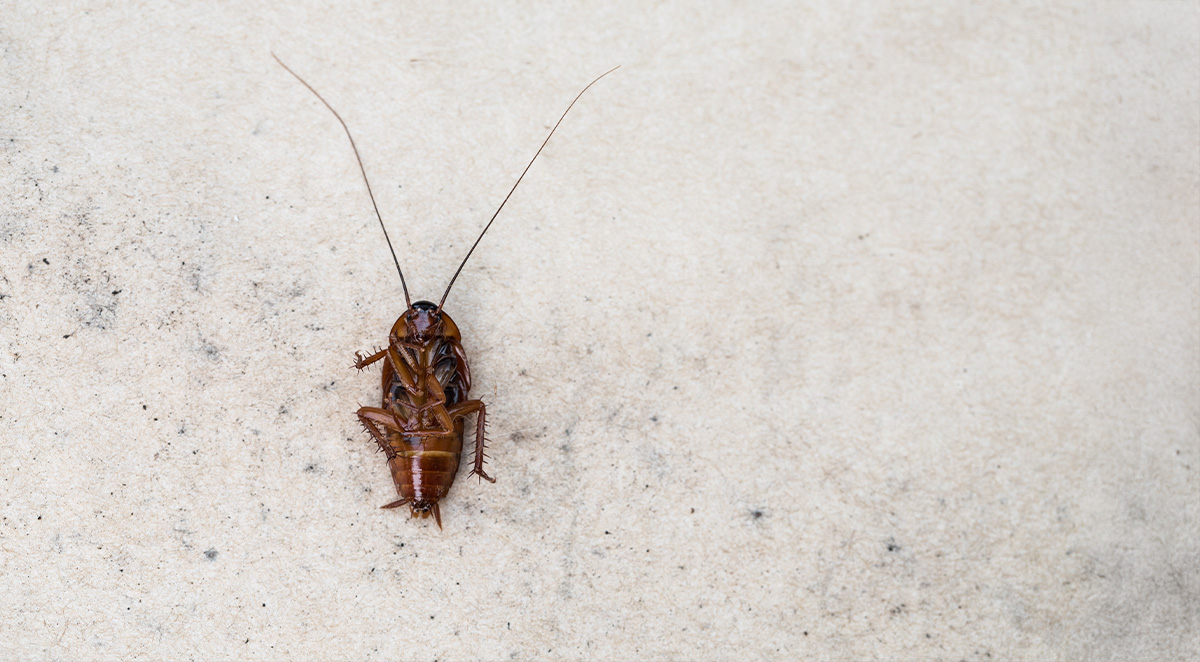Termites may be small, but they pack a destructive punch when they invade your home. Often called "silent destroyers," these pests can cause extensive damage to your property before you even realize they're there. According to industry estimates, termites cause billions of dollars in structural damage annually in the United States, and most of this damage isn't covered by homeowner's insurance.
Despite their portrayal as lovable characters in children's entertainment, mice pose significant problems when they invade our homes and businesses. Beyond the natural aversion many people feel toward these small rodents, they present legitimate health concerns by carrying and transmitting diseases such as hantavirus, salmonellosis, and listeria through their droppings, urine, saliva, and nesting materials.
That tiny mouse scurrying across your floor might seem harmless—perhaps even cute to some—but don't let its diminutive size fool you. Mice infestations represent serious threats to both property and health. Beyond Disney characterizations and cartoon depictions, real-world mice create genuine problems that require professional attention and comprehensive solutions.
Arachnophobia is more than just the title of a popular '90s horror film—it's one of the most common phobias worldwide. Recent studies suggest that up to 75% of people experience at least some level of anxiety or fear when encountering spiders. Even if you don't have a full-blown phobia, chances are you're among the majority who feel uneasy when spotting an eight-legged visitor in your home.
The Carolinas and Virginia offer an idyllic setting for enjoying outdoor activities, exploring lush landscapes, and basking in the warm sunshine during summer months. However, this beautiful region also experiences significant seasonal weather events that can dramatically impact both our environment and pest populations. Tropical storms and hurricanes bring more than just wind and rain—they create perfect conditions for pest infestations that can plague homeowners for weeks or even months following severe weather.





